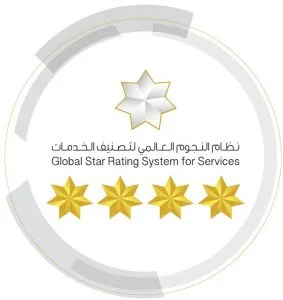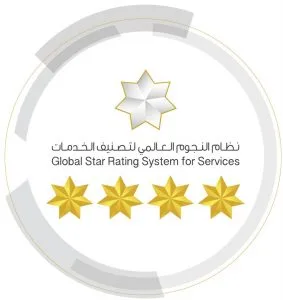Let’s Learn through Benchmarking
07/07/2014
The term ‘Benchmarking’ could be new for some people, though it is well known to those who work in the government sector, especially at entities that are qualified for excellence awards. It is a method for learning and quality improvement by means of learning from others’ successes and failures.
Benchmarking can be formal or informal depending on the preliminary arrangements taken and the processes associated with it. The informal benchmarking doesn’t require any pre-arrangements, and we all do this kind of benchmarking whenever we admire a practice or a behavior of an individual or an organization where we may fully or partially adopt it or develop it so as to suit us. On the other hand, formal benchmarking needs preliminary coordination with the benchmark partner.
Benchmarking can be divided into ‘process benchmarking’ and ‘performance benchmarking’. In the first type, the benchmarking initiator compares a specific process to the same process of another “best practice” firm. One of the most successful examples on this type is the comparisons which were done by a London-based children’s hospital with the Ferrari Factory. The process of moving the children from the operations theatre to their care units was compared to the process of changing the tyres during a race. This benchmarking process helped the hospital to reduce death cases and improve outcomes by 70 percent!
I personally had conducted comparisons between a national bank and a group of hotels which resulted in a great impact on performance improvement. Meanwhile, performance indicators benchmarking allows the initiator firm to assess their competitive position according to the international and local indexes within the same industry.
For a successful benchmarking, there are nine main tips: Obtain Commitment and support from the key stakeholders, be prepared and humble enough to listen and learn, put an action plan once the benchmarking has been completed and start execution, pick the right benchmark partner, select and train the right team, study and understand the firm’s processes before embarking on comparison so as to get overall meaningful results, don’t focus only on documentation and information aspects, always monitor the action plan implementation, and finally continue to do benchmarking on a periodic basis.
Latest Blogs
“Customer Councils” as an Opportunity to Improve Services and Enhance Transparency
Youth and Future Vision of the UAE ICP
Emirates Customs” a unified identity to enhance competitiveness
Zero Government Bureaucracy Programme… Emirati leadership
Cancellation of the ‘residence sticker’ is a step to make Customers Happy
The third generation of developed identity and citizenship services embodies the fifty principles
You can help us improve by providing your feedback about your experience.
Have you recently used our services through our digital platforms?




Rate your experience